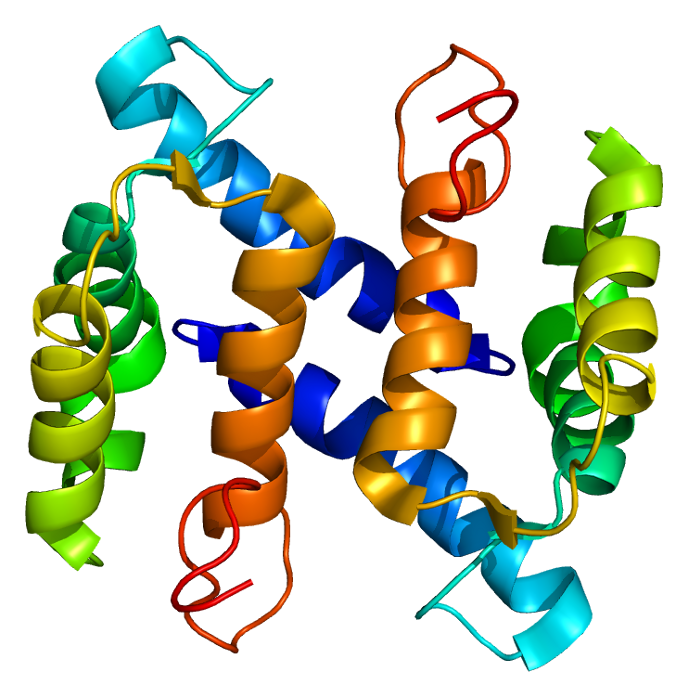Species Human Entrez 6275 | Human Mouse Ensembl ENSG00000196154 | |
 | ||
Aliases S100A4, 18A2, 42A, CAPL, FSP1, MTS1, P9KA, PEL98, S100 calcium binding protein A4 External IDs MGI: 1330282 HomoloGene: 7924 GeneCards: S100A4 | ||
S100 calcium-binding protein A4 (S100A4) is a protein that in humans is encoded by the S100A4 gene.
Contents
Function
The protein encoded by this gene is a member of the S100 family of proteins containing 2 EF-hand calcium-binding motifs. S100 proteins are localized in the cytoplasm and/or nucleus of a wide range of cells, and involved in the regulation of a number of cellular processes such as cell cycle progression and differentiation. S100 genes include at least 13 members which are located as a cluster on chromosome 1q21. This protein may function in motility, invasion, and tubulin polymerization. Chromosomal rearrangements and altered expression of this gene have been implicated in tumor metastasis. Multiple alternatively spliced variants, encoding the same protein, have been identified.
Interactions
S100A4 has been shown to interact with S100 calcium binding protein A1.
Therapeutic targeting for cancer
S100A4, a member of the S100 calcium-binding protein family secreted by tumor and stromal cells, supports tumorigenesis by stimulating angiogenesis. Research demonstrated that S100A4 synergizes with vascular endothelial growth factor (VEGF), via the RAGE receptor, in promoting endothelial cell migration by increasing KDR expression and MMP-9 activity. In vivo overexpression of S100A4 led to a significant increase in tumor growth and vascularization in a human melanoma xenograft M21 model. Conversely, when silencing S100A4 by shRNA technology, a dramatic decrease in tumor development of the pancreatic MiaPACA-2 cell line was observed. Based on these results 5C3 was developed , a neutralizing monoclonal antibody against S100A4. This antibody abolished endothelial cell migration, tumor growth and angiogenesis in immunodeficient mouse xenograft models of MiaPACA-2 and M21-S100A4 cells. It is concluded that extracellular S100A4 inhibition is an attractive approach for the treatment of human cancer.
